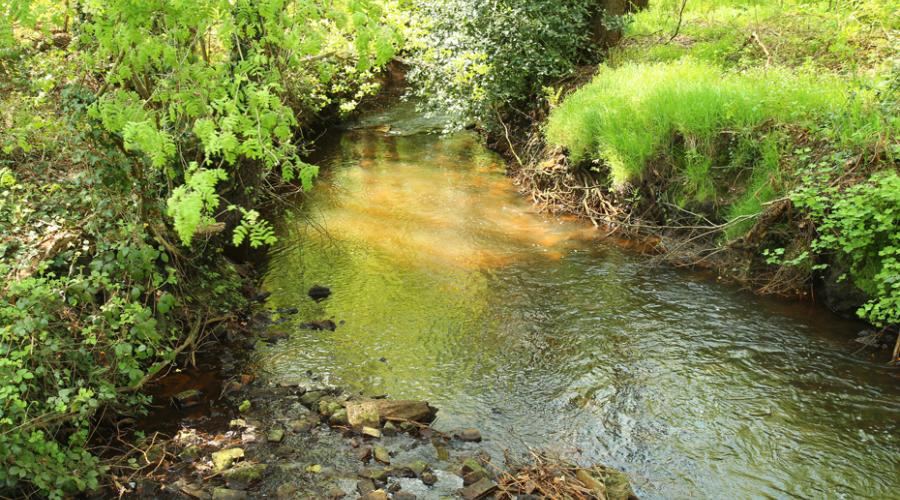Robust and healthy water systems
The quality and quantity of water are barometers for robust and healthy water systems. There are many factors that influence this. We research how we can add value from our field of expertise.
Reducing overflows
Rain has a direct impact on the sewer system. When it rains heavily, pollution often enters watercourses via emergency outlets form the mixed sewer system (overflows). Via measurement campaigns and modelling tools, we can analyse the frequency of overflow operation and examine how interventions in the sewer system impact this.
Quality of treated wastewater
The water which we discharge into the stream after treatment also contains substances such as organic micropollutants and microplastics. In the traditional treatment process, for which our WWTPs are built, they are only partially removed, if at all. There are currently no standards for this either. Nevertheless, we believe it is important for water quality to investigate how they could be removed in a cost-effective way.
Organic micropollutants
Organic micropollutants are chemicals. Due to their difficult to degrade or toxic character, they can already be harmful to humans and the environment at low concentrations. They are excreted through urine and faeces or are discharged directly into the wastewater. Aquafin can remove some of them well in a WWTP. Others travel along trhough the treatment process and thus end up in the surface water.
Microplastics
Microplastics are tiny plastic particles (< 5 mm) that end up in surface water directly or via domestic wastewater. They are released when washing clothes and are also found in some cosmetic products. A recent study by Ghent University and VITO shows that Aquafin's WWTPs stop 97.5% of the particles in the wastewater. This means that we score better than our neighbouring countries. Nevertheless, 623 kg of microplastics still end up in the watercourse every year via the WWTPs. Aquafin therefore is in favour of a source-oriented approach so that less plastic particles wash along with the wastewater.
More about this study (in Dutch)
PFAS
The presence of PFAS in the environment is a hot topic. At Aquafin, we took the first steps in detecting these substances in water treatment processes and waste flows. As in neighbouring countries, we are encountering many difficulties with these measurements. In the next phase, we want to investigate how the PFAS detected can be removed in the WWTP.
Highlighted projects
Our expert team











